The PML-N administration during roughly the first three years of its ongoing tenure (till September 2016) had four major windfalls with extremely positive implications on key macroeconomic indicators: oil price in the international market plummeted, the Saudi government 'gifted' 1.5 billion dollars to the government though it is unclear whether this was a gift or a loan, donor agencies continued to extend programme/budgetary support and last but not least the China Pakistan Economic Corridor (CPEC) envisaged investment was in excess of 50 billion dollars - an amount that even developed countries would not scoff at if they were the recipients.
The first windfall for the Sharif administration was the decline in the international price of oil, Pakistan's major import item accounting from a high of over 140 dollars per barrel in July 2008 to as low as 29 dollars per barrel in early 2016. Today the price of oil has again risen to around 68 dollars per barrel. Pakistan's import bill for petroleum and products declined from 1,033,496 million rupees in 2010-11 to 794,698 million rupees in 2015-16 however it rose to 7.3733 million rupees during July-March 2016-17 as per the Economic Survey 2016-17. In percentage terms, petroleum and products accounted for a whopping 30 percent of Pakistan's total import bill in 2010-11 which declined to 17 percent in 2015-16 and rose marginally to 17.5 percent during July-March 2017. Yet the trade balance has continued to deteriorate - from a negative 17.2 billion dollars in 2015 to a negative 19.2 billion dollars in 2016, to a negative 26.5 billion dollars in 2017.
This trend continues in spite of the extension of the export incentive package coupled with the imposition of regulatory duties during the Abbasi administration given that during the first six months of 2017 the current account deficit was 4.66 billion dollars while the comparable figure for the current year is 7.4 billion dollars - a rise of 59 percent. The reason: other imports rose as a consequence - from a total of around 41 billion dollars from 2012-16 to 48.5 billion dollars in 2017 as per the State Bank of Pakistan website.
Dar-led Finance Ministry claimed that there was no need for alarm as rise in imports was attributable to a rise in imports of (i) electrical machinery - from 56,204 million in rupees in 2009-10 to 187,163 million rupees in 2015-16 and 173,956 million rupees July-March 2016-17; and (ii) machinery (non-electric) which rose from 397,683 million rupees in 2009-10 to 712,920 million rupees in 2015-16 and 755,921 million rupees in July-March 2016-17. This rise, Dar argued, would fuel domestic output and therefore spur GDP growth.
This projected rise was not realized for two reasons: (i) Dar relied heavily on manipulating taxes on petroleum and products due to ease of collection to generate higher revenue and at one point he raised tax on High Speed Diesel to over 40 percent while all other petroleum products had a levy of at least 17 percent. This in turn led to higher costs of production for the manufacturing sector and coupled with an inordinate delay in refunds led to a reduction in the country's exports - a decline that is unfortunately continuing to this day; the government dealt with this through growth data manipulation; and (ii) the government which normally spearheads growth through raising allocations on development spending during times of low growth was focused only on reducing the budget deficit. Unfortunately, a part of the fiscal space created by the decline in the import bill due to a decline in the international price of oil was, therefore, not being channeled into pro-growth government activities.
The rate of growth of remittances has been declining during the PML-N government though the reason is largely attributable to a continued recessionary phase in Middle Eastern economies where the bulk of our labour is employed. Other economies with large remittances including India and Bangladesh are also grappling with a decline in remittances.
Dar focused on reducing the budget deficit not through widening the tax net but through raising taxes on productive sectors, the Pakistan Business Council has argued that 58 percent of the tax load is borne by the manufacturing sector which contributes only 13.5 percent to Gross Domestic Product (GDP), and on taxing petroleum and products - a basic input of the productive sectors. Thus as a direct outcome of such flawed policies the government felt pressure on its foreign exchange reserves and Dar began to increase reliance on borrowing.
Dar borrowed heavily from the international market (through issuance of Eurobonds//sukuk at rates well above the market rate), from multilaterals largely at market rates but with a long amortization period as well as commercial loans from the external banking sector (short term loans at a high rate of return). Loans for budget support have dried up since Pakistan went off the IMF programme in September 2016 as there was little donor confidence that Pakistan would adhere to reforms without rigid monitoring by the IMF. Project specific assistance however continued.
According to the Economic Survey, total external debt and liabilities were around 60.9 billion dollars in 2013 and just four and a half years later are estimated at 85 billion dollars. The 1.5 billion dollars of Saudi 'grant' is around 6 percent of the total external debt and liabilities incurred till 2017; and while it did shore up reserves in 2014 yet four years later it is viewed as too small to make much of a difference.
Public external debt rose from around 46 billion dollars in 2012 to 58.4 billion dollars in 2017 as per the Survey with the 2017 figure understated due to the overvalued rupee - estimated at between 20 to 25 percent by the International Monetary Fund. The rise in net domestic debt during the Sharif administration is even more of a concern and increased from 6831.6 billion rupees in 2012 (34.1 percent of GDP) to 12768 billion rupees in 2017 (40 percent of GDP with GDP considerably over- estimated).
The CPEC is being touted as a game changer when the 50 billion dollar plus committed investment/loan/grant for infrastructure development comes into the country. The government has still not shared details of the terms and conditions, if any, on inflows under the CPEC. Nonetheless, the inflow pace remains appallingly slow; assuming Chinese investment would be as foreign direct investment, as repeatedly claimed by cabinet members, then the government must be seriously concerned about the fact that in the first six months of the current year FDI posted a 2.8 percent decline or 40 million dollars in total terms. Chinese investment has remained below a billion dollars and at this rate it would take 50 years for the committed Chinese investment to be realized. Additionally, FDI inflow rise last year in comparison to the year before is attributed not to higher FDI but to issuance of debt securities that increased from 998 million dollars during the first half of 2017 to 2450 million dollars during the first half of the current fiscal year.
To conclude, the external factors as well as inflows under the IMF programme that were showing a positive trend during the early years of the PML-N government became irrelevant by September 2016 and Dar's response was to increase the pace of borrowing and fudging data. Today the Abbasi administration's reforms have focused on allowing the rupee to depreciate in an effort to boost exports but with all other policies remaining unchanged the current account deficit continues to widen, and the productive sectors - industry and agriculture - continue to lament poor policies of the government at best, infighting between ministries/stakeholders at worst.
BR100
16,307
Increased By
236.2 (1.47%)
BR30
51,537
Increased By
1163.4 (2.31%)
KSE100
157,953
Increased By
1775.7 (1.14%)
KSE30
48,199
Increased By
520.5 (1.09%)


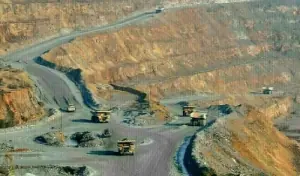






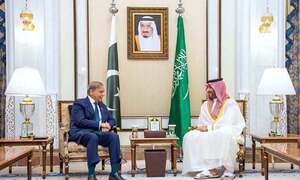
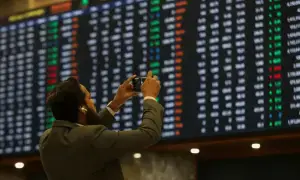


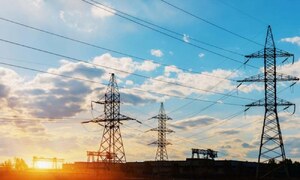
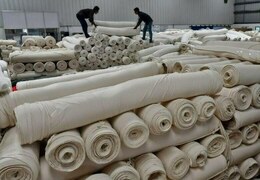
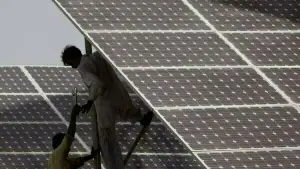
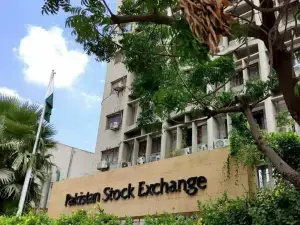



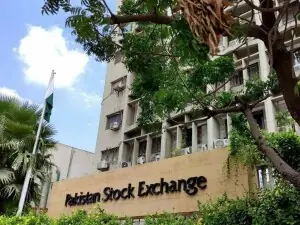
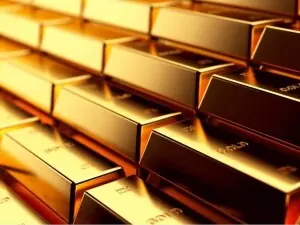
Comments
Comments are closed.